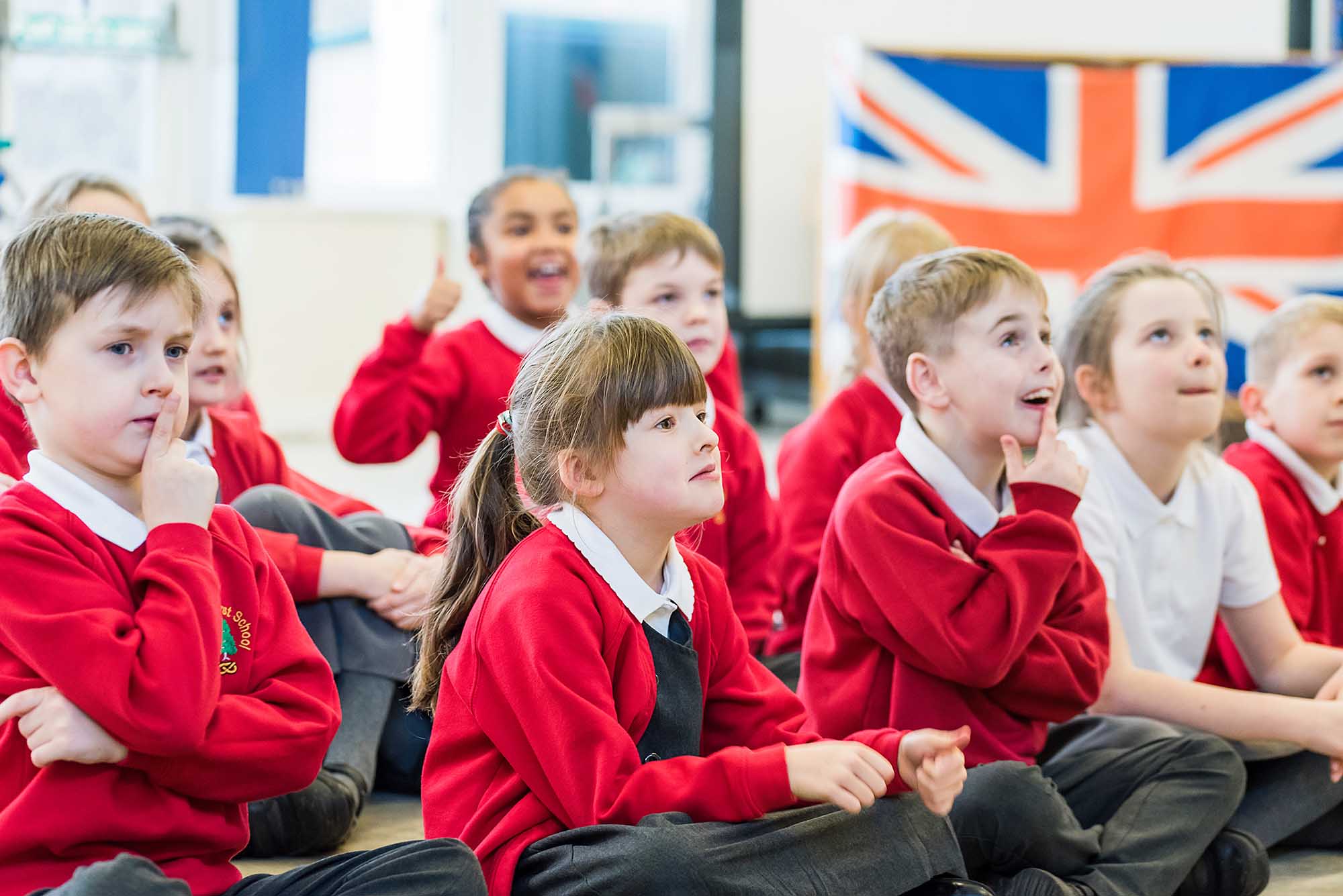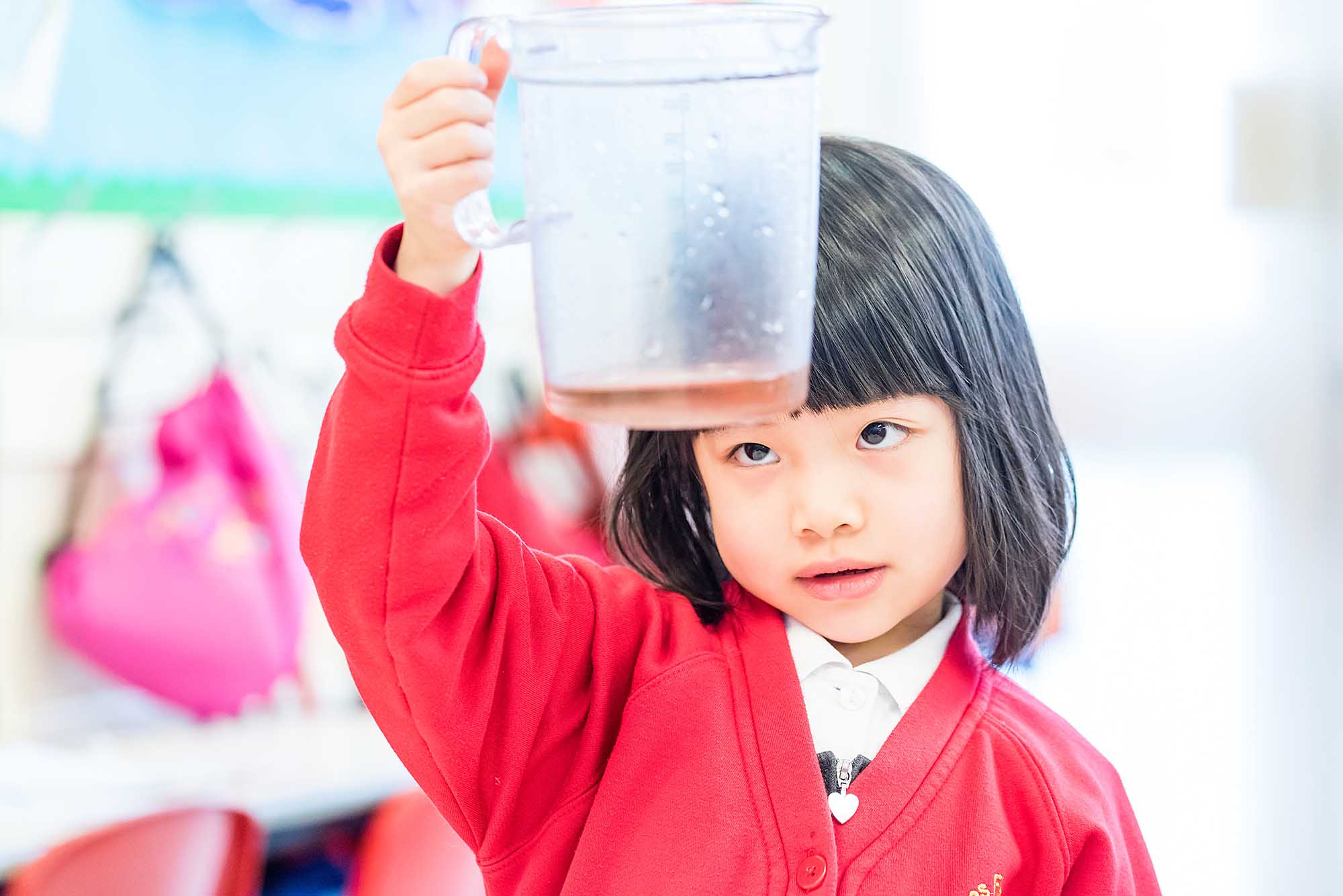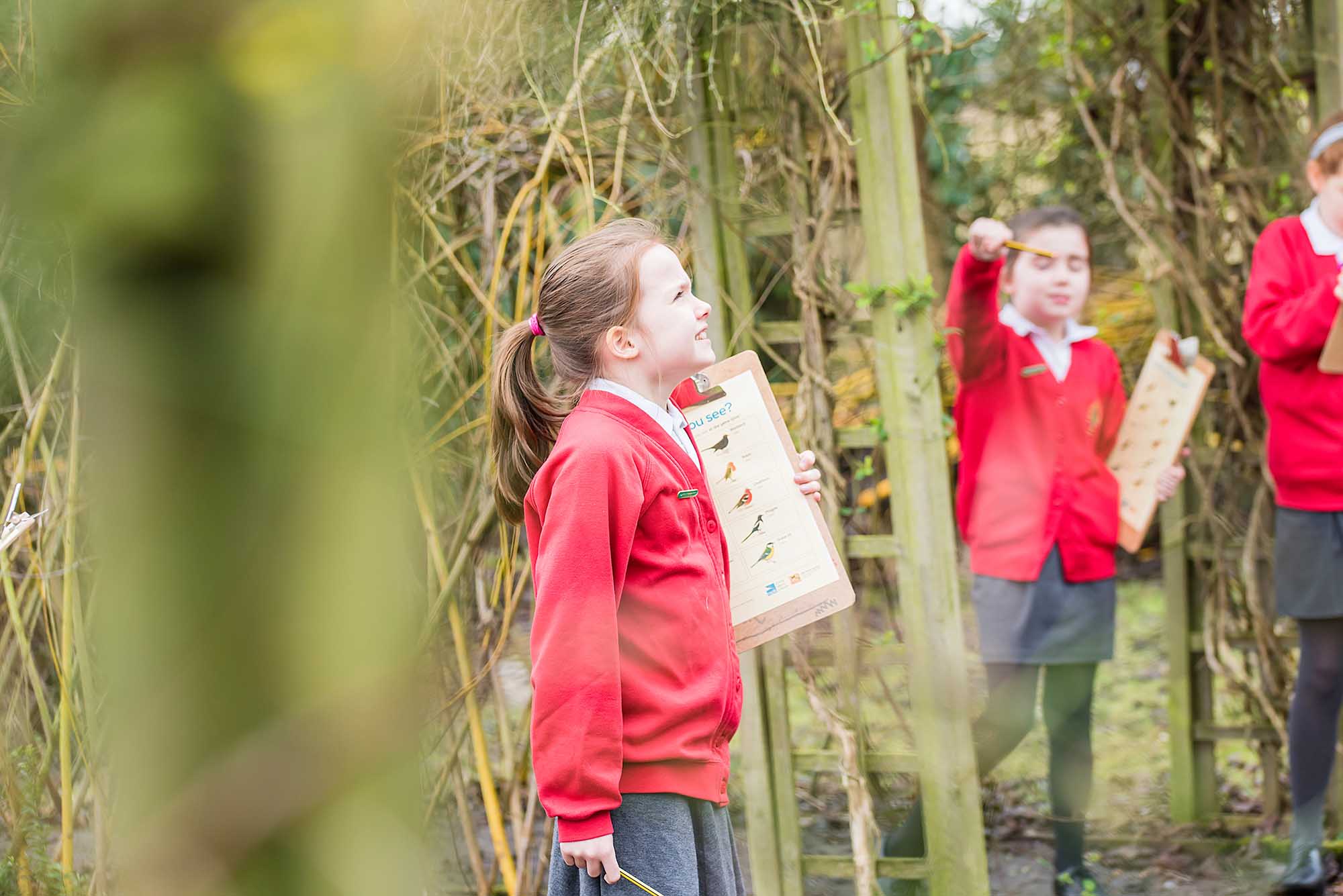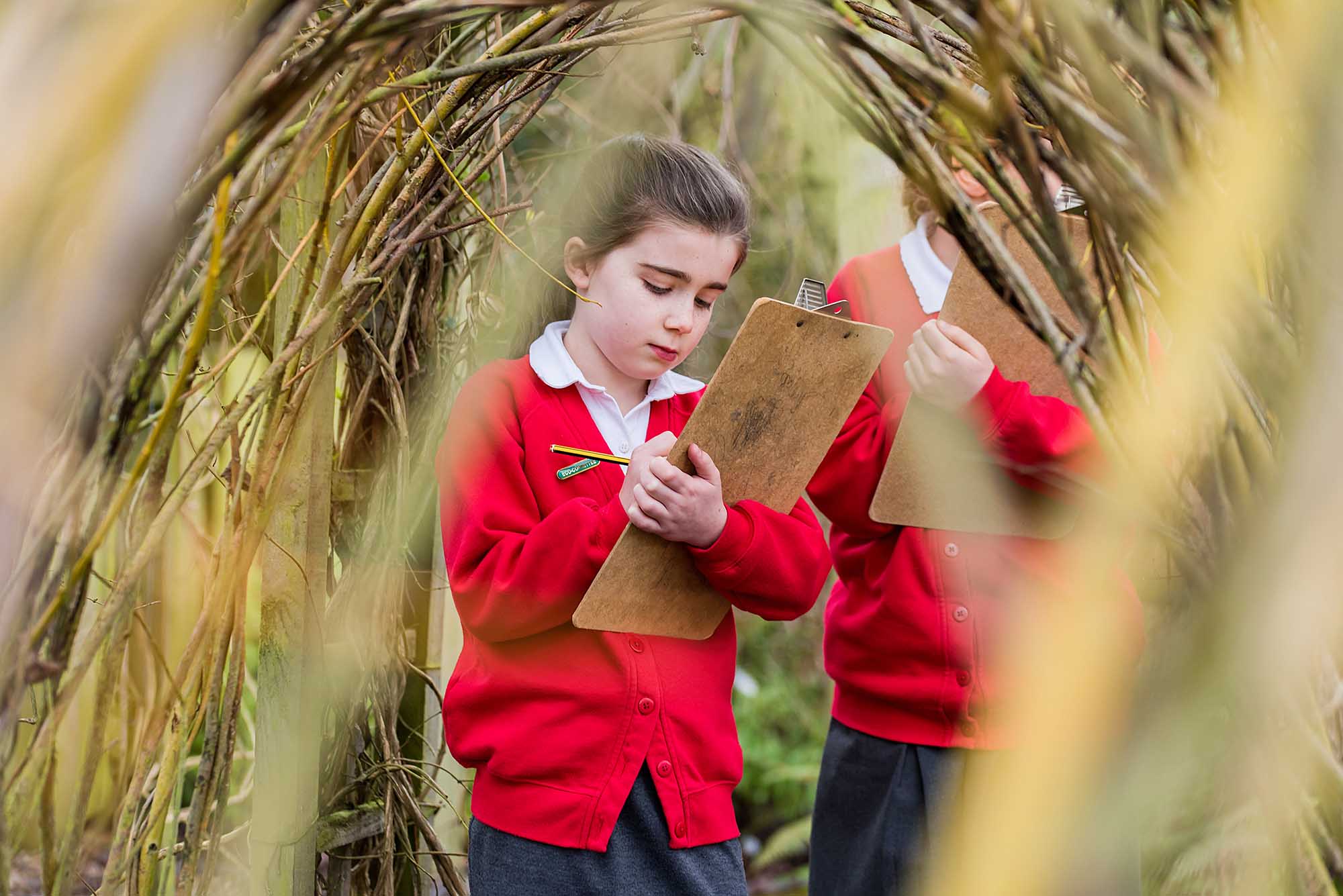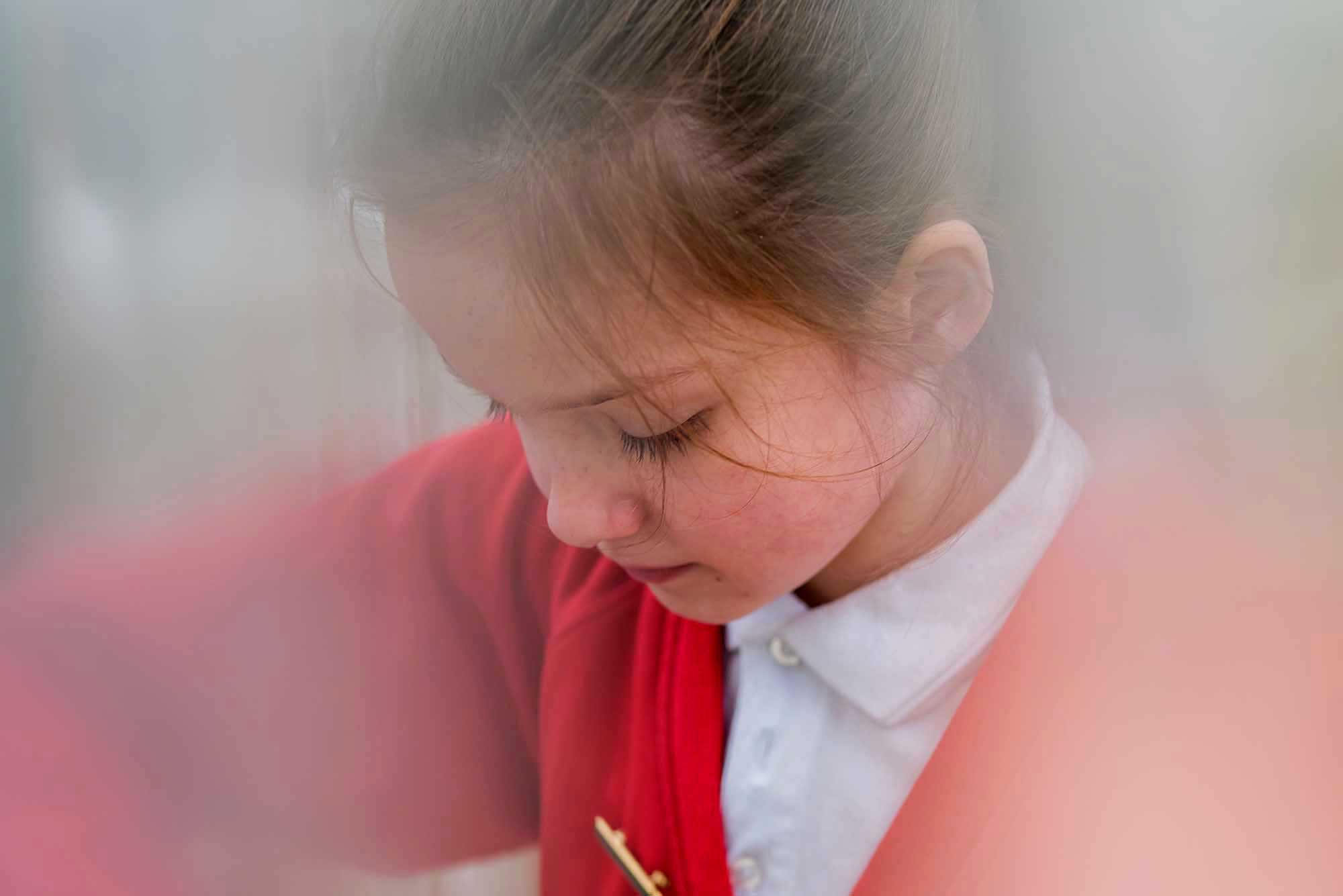Design Technology Intent Statement
At Birches First School, we value and understand the importance of the wider curriculum to give children an immersive and balanced experience. Design and technology allows for hands on creative activities where children are taught the knowledge, understanding and skills needed to engage in design and making processes. Using creativity and imagination, pupils can understand how to develop products that solve real and relevant problems within a variety of contexts, considering their own and others’ needs, wants and values. They acquire a broad range of subject knowledge and draw on disciplines such as mathematics, science, engineering, computing and art.
Design and Technology is an inspiring, rigorous and practical subject. Design and Technology encourages children to learn to think and intervene creatively to solve problems both as individuals and as members of a team. We aim to, wherever possible, link work to other disciplines such as mathematics, science, engineering, computing and art. The children are also given opportunities to reflect upon and evaluate past and present design technology, its uses and its effectiveness and are encouraged to become innovators and risk-takers.
Art and Design saw a surge during the lockdown period (2020) with more people than ever turning to art to help support their mental health. This indicates that children will benefit from a robust and engaging design curriculum. By providing children with high-quality Art and Design provision, we should be equipping them with the knowledge and ability to experiment and create their own products using a variety of techniques. As pupils progress throughout their years of study, they should be able to develop a greater understanding of Design and Technology and understand how products reflect a need of people at a specific time.
Design Technology Implementation:
At Birches First School, the teaching and implementation of Design and technology is based on the National Curriculum (2014) and supported by the teaching site ‘Kapow Primary’ using their schemes of work. Each Year group has a breakdown of the skills that need to be covered for each topic and suggestions of ways that this can be achieved.
The children will be introduced to the Design and Technology curriculum via a dedicated week at the end of each half term or term. The Birches Design and Technology curriculum is designed to develop the key skills associated with designing, making, evaluating and supporting their technical knowledge. Whilst Design and Technology will be delivered discreetly during each term, there will be instances where it is studied alongside other subjects to link with an ongoing topic.
Through a variety of creative and practical activities, we teach the knowledge, understanding and skills needed to engage in an iterative process of designing and making. The children work in a range of relevant contexts (for example home, school, leisure, culture, enterprise, industry and the wider environment).
When designing and making, the children are taught to:
Design
- use research and develop design criteria to inform the design of innovative, functional, appealing products that are fit for purpose, aimed at particular individuals or groups
- generate, develop, model and communicate their ideas through discussion, annotated sketches, cross-sectional diagrams, prototypes, pattern pieces and computer-aided design
Make
- select from and use a wider range of tools and equipment to perform practical tasks (for example, cutting, shaping, joining and finishing) accurately
- select from and use a wider range of materials and components, including construction materials, textiles and ingredients, according to their functional properties and aesthetic qualities
Evaluate
- investigate and analyse a range of existing products
- evaluate their ideas and products against their own design criteria and consider the views of others to improve their work
- understand how key events and individuals in design and technology have helped shape the world
Technical knowledge
- apply their understanding of how to strengthen, stiffen and reinforce more complex structures
- understand and use mechanical systems in their products
- understand and use electrical systems in their products
- apply their understanding of computing to program, monitor and control their products
Key skills and key knowledge for Design Technology have been mapped across the school to ensure progression between year groups (supported by Kapow planning and assessment frameworks). This also ensures that there is a context for the children’s work in Design and Technology; that they learn about real life structures and the purpose of specific examples, as well as developing their skills throughout the programme of study.
Impact:
Summative assessments take place throughout the year and teachers record the progress and attainment against the National Curriculum expectations of attainment. Teachers use this information to inform future lessons; ensuring children are supported and challenged appropriately. Further information is gathered through pupil questionnaires; highlighting strengths and achievement and any improvements. This also forms a basis for teachers to know if any knowledge and skills still need to be embedded.
Children in the Early Years Foundation Stage are assessed within Expressive Arts and Design and their progress is tracked termly using the Tapestry assessment system. Attainment against age related expectations are reported to parents at the end of each academic year.
Children develop an understanding and appreciation of the planning and design phases of products and are able to use their ideas creatively to design and then create products fit for a specified purpose.
